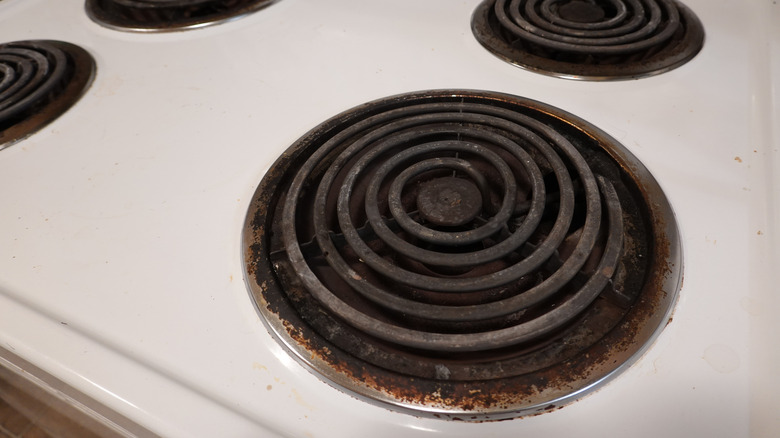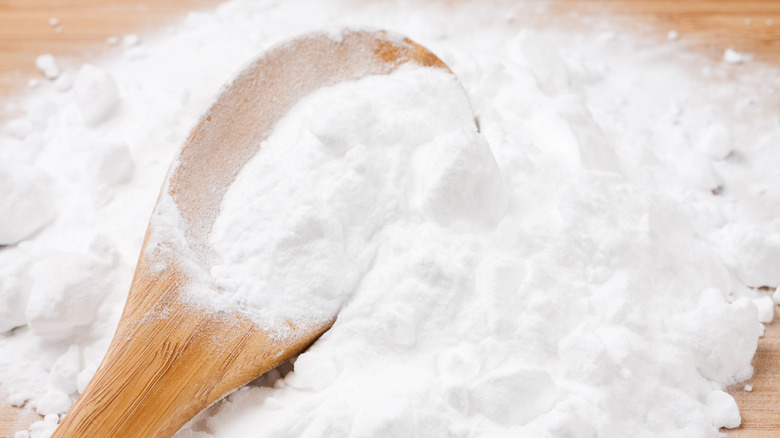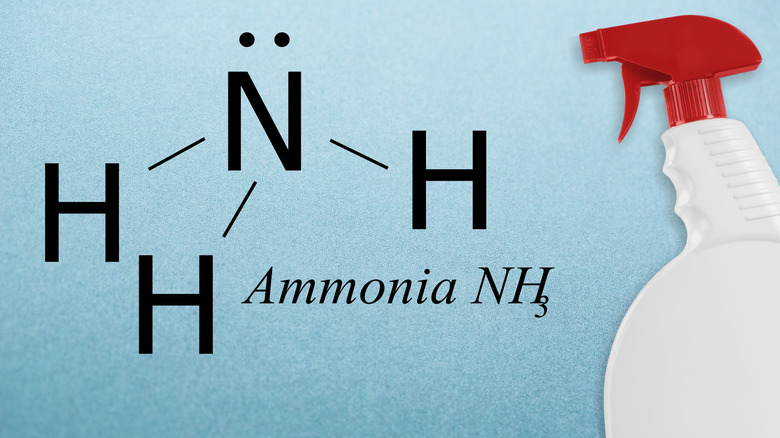How To Clean Your Stove's Drip Pans And Remove That Gross Gunk
It's forgivable to not know all of the tricks for how to clean your electric stovetop. While it's one thing to spray down and wipe off spilled foodstuff from the cooktop, cleaning the drip pans can seem like so much more of a production. How exactly are you supposed to remove gunk and carbonated food that's basically been welded onto the metal? Well, you can, using household items and just a little effort. For the grossest drip pans, a soak in a fizzy solution made from hydrogen peroxide and baking soda should do the trick. For the either-this-works-or-they're-going-in-the-trash cases, seal them overnight in large freezer bags containing household ammonia. You will ultimately emerge the victor, clutching the shiny drip pans as proof of your triumph.
Mind you, the above-stated strategies are only reserved for the hard cases. If you've been keeping up with drip-pan maintenance or have inherited some that are still in pretty good shape, a scrub with good old dishwashing liquid should suffice. The old white vinegar and baking soda combination might do the trick, too. (Baking soda not only fizzes like a champ but it also doubles as a terrific abrasive after the pans have had a good soak in vinegar.) No matter which cleaning method you choose, make sure the drip pans are completely cool to the touch before beginning.
The next-to-last stop: hydrogen peroxide and baking soda
Baking soda will stand you in good stead for even more stubborn drip pan cleaning challenges. This time, instead of enjoying a spa-like soak in distilled white vinegar, the pans are immersed in a bubbling cauldron. Seal your kitchen sink with a stopper then place the pans in your sink's basin. Coat them liberally in baking soda (the cheap household cleaning version, not the bougie baking brands.) Then pour in some hydrogen peroxide to recreate your middle school science experiment volcano. (You don't have to splurge on the hydrogen peroxide, either. Even the lowest concentration available will do the trick.) Walk away, letting this exothermic reaction lift the baked-on, crusty goo right off the drip pans with the power of carbon dioxide, which also happens to be quite handy for cleaning baking sheets.
After half an hour or so, there shouldn't be anything more for you to do but drain the sink, rinse the pans in cold water, and maybe give them a little going over with a kitchen sponge. You can, however, repeat this process if necessary. There are some drip pans, however, that even this strategy won't handle. If that's the case for you, it's time to roll out the big guns — well, gun; household ammonia.
Ammonium hydroxide: the gunk terminator
Household ammonia is the common term for ammonium hydroxide, which is basically the chemical compound ammonia suspended in an aqueous, or water, solution. It's powerful stuff and particularly good at breaking down organic fats and grime. In other words, all that crud baked onto your drip pans is about to meet its maker.
Household ammonia can also be caustic when touched or inhaled, so take precautions when using it by donning rubber cleaning gloves and keeping your kitchen well-ventilated. The idea is to seal each nasty drip pan in a large, one-gallon freezer bag which also includes about ¼ cup of household ammonia (even this small amount will suffice — there's no need to submerge the pans). Leave the sealed bags alone for at least 12 hours while the ammonia and its vapors do their work. Open the bags facing away from your face and pour the sludgy ammonia liquid down the sink (chased by lots of cold water). Finally, rinse the freezer bags out thoroughly before throwing them away. At this point, a simple scrub in hot soapy water should bring your drip pans back to shiny life.


